
RST Apology to Tasmanian Aboriginal people 2021.

RST Apology to Tasmanian Aboriginal people 2021.
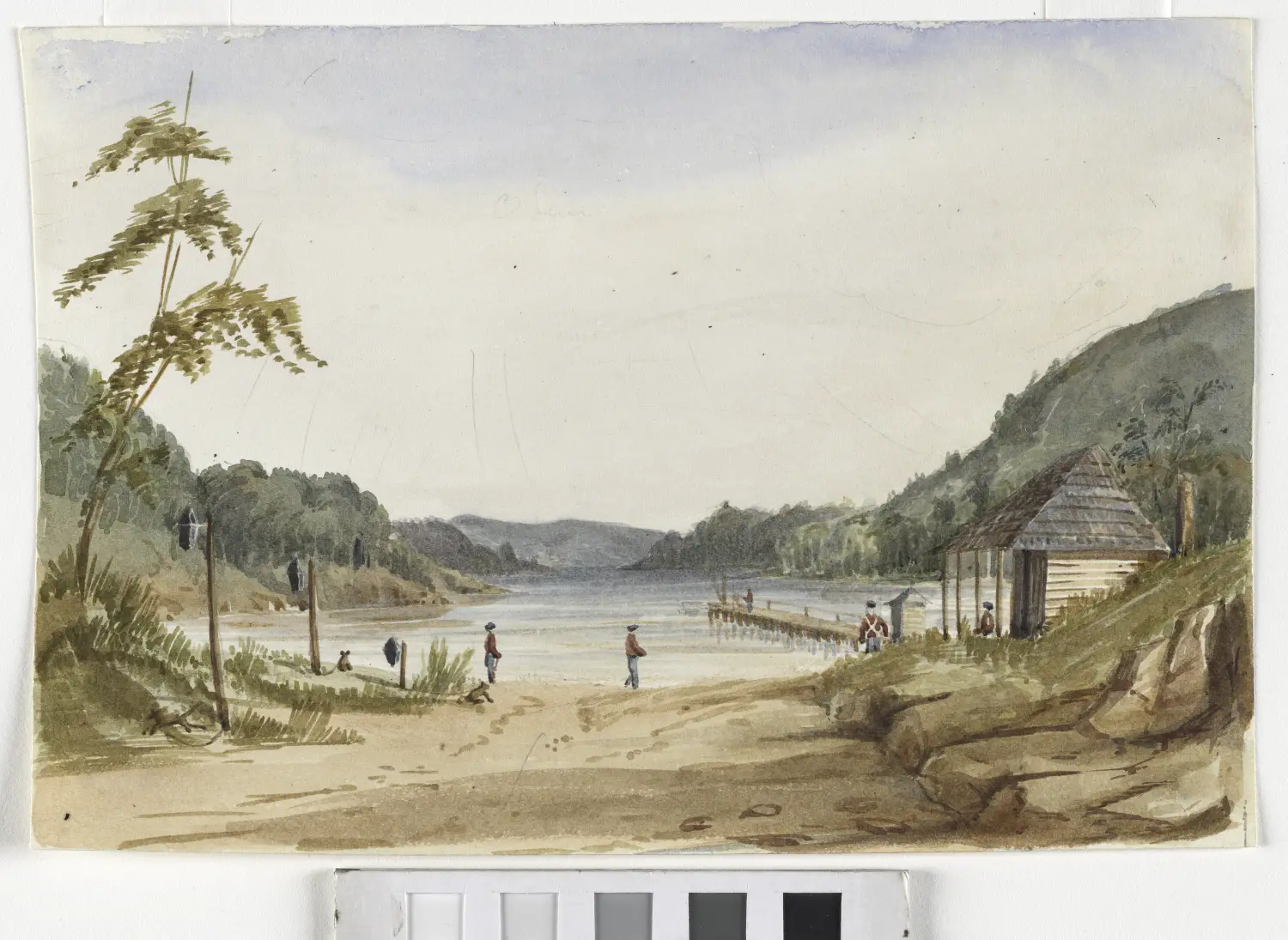
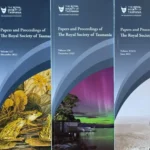
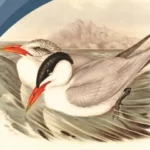
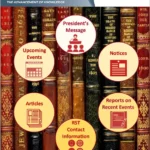

The Royal Society of Tasmania welcomes individuals from all walks of life who are passionate about knowledge, discovery, and ideas that shape our world. As a member, you’ll connect with a vibrant community of thinkers, researchers, and innovators, gain access to exclusive lectures and publications, and contribute to advancing science, the arts, and the humanities in Tasmania. We especially encourage young people, women, and underrepresented groups to join and help shape the future of the Society.
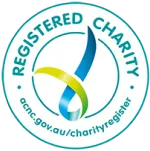

The Royal Society of Tasmania acknowledges, with deep respect, the traditional owners of this land, and the ongoing custodianship of the Aboriginal people of Tasmania. The Society pays respect to Elders past, present and emerging. We acknowledge that Tasmanian Aboriginal Peoples have survived severe and unjust impacts resulting from invasion and dispossession of their Country. As an institution dedicated to the advancement of knowledge, the Royal Society of Tasmania recognises Aboriginal cultural knowledge and practices and seeks to respect and honour these traditions and the deep understanding they represent.

On 15 February 2021, the Royal Society of Tasmania offered a formal Apology to the Tasmanian Aboriginal people.